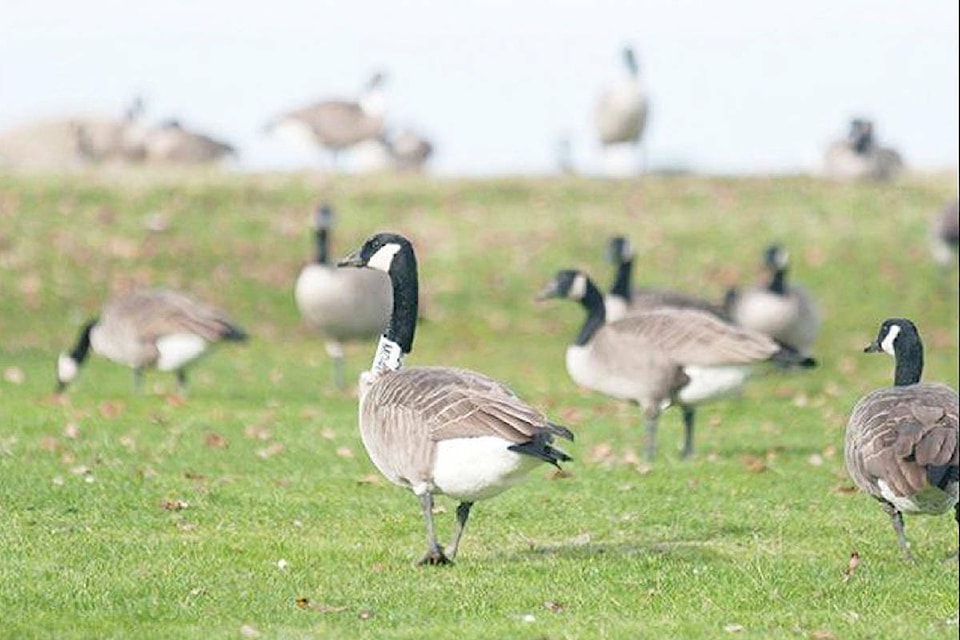In recent years, the H5N1 strain of avian influenza, also known as bird flu, a highly pathogenic strain, has been spreading to bird populations across the world. Within the last couple of years, it has been appearing more often in Canada.
Unlike its more famous cousin H1N1 however, H5N1 doesn’t transfer to humans easily, with most human cases coming from workers who handle poultry or those working in settings, such as in aviaries.
H5N1, however, has significantly impacted certain bird populations in Atlantic Canada, such as the northern gannet.
With 2.7 million domestic birds in North America being impacted and around 250 human cases globally, it is not without its risks.
In Nunavut, avian influenza has been confirmed in populations around Sanikiluaq, in the Kitikmeot region, and on islands near Coral Harbour.
Despite being a territory where different birds meet up from different places in North America, the risk of geese or ducks contracting H5N1 in Nunavut itself is quite low.
“In the south they get really condensed on the wetlands and cornfields like a tightly packed party in some of those winter grounds,” said Dr. Jennifer Provencher, a research scientist with Environment and Climate Change Canada (ECCC), who was visiting Iqaluit and teaching about bird flu at the Nunavut Research Institute.
“(In Nunavut) they’re breeding, they pick a spot and they kind of just sit there. They’re socially distanced and doing their own thing. While they’re mixing, it’s actually less dense in Nunavut, it’s less of a transmission zone than in the south because they’re so spread out on the landscape.”
Much more testing and swabbing of bird populations takes place in Nunavut compared to the NWT and Yukon. This has to do with the monitoring and management of goose and duck populations, which are not only tracked closely in North America, but other countries such as the United Kingdom.
“The NWT and Yukon just have a different landscape, they have more songbirds,” said Provencher. “Nunavut is just really lucky, there’s lots of ducks and lots of geese.”
ECCC has several camps in Nunavut dedicated to monitoring efforts where tracking bands are placed on birds, in addition to swabbing to see if avian influenza is prevalent among certain bird populations.
“We have looked at the past in Nunavut, we have monitored. We do see we have some birds (with bird flu) here, Nunavut populations are at very low risk. Other places like Atlantic Canada have had quite high levels of infection, Nunavut remains very low risk for birds and for hunters who like to enjoy those birds,” Provencher explained.
Boiling eggs and cooking meat harvested from birds, along with washing hands and boots, are easy ways hunters and harvesters in Nunavut can mitigate an already low risk of getting avian influenza.
Hunters and harvesters are also an important element for ECCC monitoring efforts in the territory.
“The most important thing for a lot of our work in Nunavut and elsewhere is really just the eyes and the ears of hunters on the land (because) they know the area, they know bird behaviour,” said Provencher.
Reporting sick, dead or unusual birds and turning in any found tracking bands are ways harvesters and hunters can help track bird flu in Nunavut.
